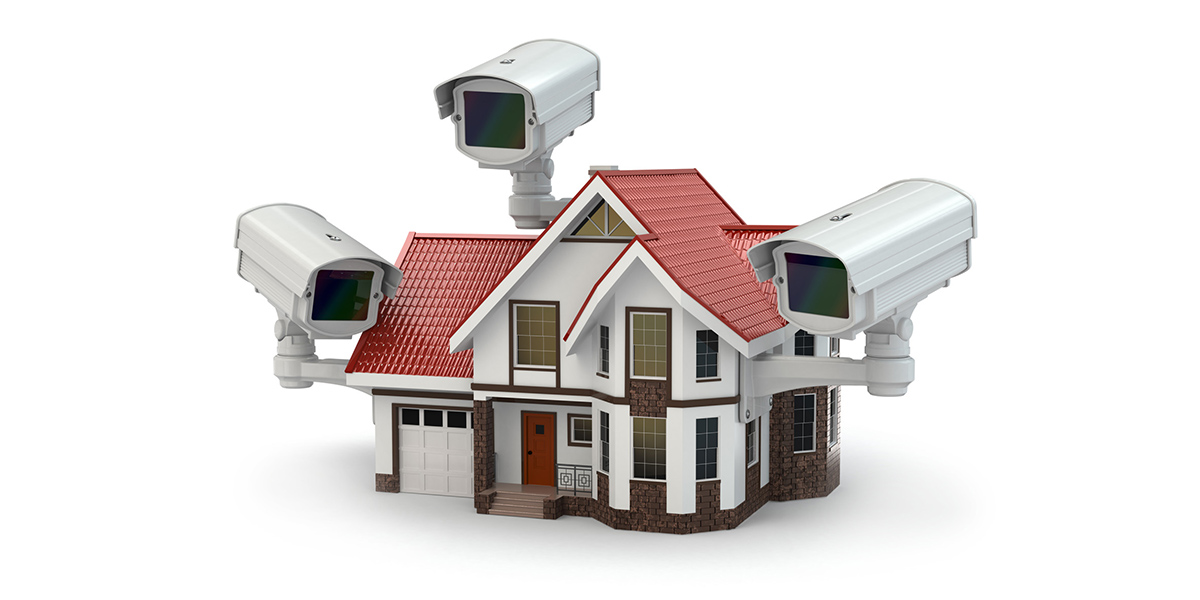When I was growing up people didn’t lock their front doors; I doubt my parents even locked the house up at night before they went to sleep. As a youngster, I could walk freely into my friends’ houses at any time of day and them into mine, regardless whether someone was actually at home. Having a home security system was unheard of in our neighbourhood and only something I ever saw in the movies.
Much as we like the reputation Canada has for our unlocked doors and safe streets, today most houses have some sort of home security. This can be as simple as exterior motion sensor lighting and having a smoke or carbon monoxide detector installed inside your home to having the new generation home security systems with high tech features such as remote access, home automation integration and broadband video monitoring.
Burglary Prevention
This is the basic spine for a home security system and is the main reason homeowners begin investigating the various security features available from their local providers. Sensors are installed on the doors and windows of the property and once the system is armed an alarm will sound if any of the perimeters are breached.
Preventing Damage
If you are away on holiday or have a vacation property which is vacant for months on end then you will want to add another level of security which will monitor the internal temperature and moisture levels of the home. Strategically placed sensors will alert the homeowner or local authorities if the house gets too cold (pipes could freeze), too warm (home may be on fire) or whether water has seeped into the property and could be causing a flood. Any of these issues if left undetected could have catastrophic consequences for the home, so best to have them monitored 24/7.
Video Surveillance
Having video monitoring equipment set up inside your home and around your property allows you to monitor the real time activity from anywhere in the world. There are also systems which will record any activity based on a pre-set schedule or whenever motion is detected. For example, if a water alarm sounds at the cottage while you are not there, you can use your smartphone or laptop to access the video feed to assess the situation in real time then respond accordingly. Other uses for a video system would be for parents to ensure their children have arrived safely home from school or to see who is at the front door before answering it.
Full Home Integration
Integrating the different elements of home security makes sense on every level. It is more economical to have multiple systems working together, but it is also makes sense for your sanity. You have enough on your plate to think about without having to monitor many different systems each day. High-tech options centralise everything for you from interactive door locks which use passcodes instead of keys to monitor who is entering the property and when they leave to remote control lighting and appliances. The homeowner can create different setting to turn lights or appliances on or off at pre-determined times of day to maximize energy efficiency and to increase your home’s security when you are not there.
When you’re picking a system, it’s vital to make sure you understand the various functions and are comfortable with how it works. There are both wired systems and wireless options; hardwired systems which tend to be installed for new construction and are less susceptible to radio and electrical interruption, whereas the wireless systems are great for older homes or in condominiums and use radio waves rather than wires or cable to communicate between the sensors, control panel and cameras.
The versatility of home security systems mean they can do whatever you like and meet whatever security needs you have within a broad spectrum of budgets. Speak to the different security firms out there and see what works best for your home, lifestyle and budget.

